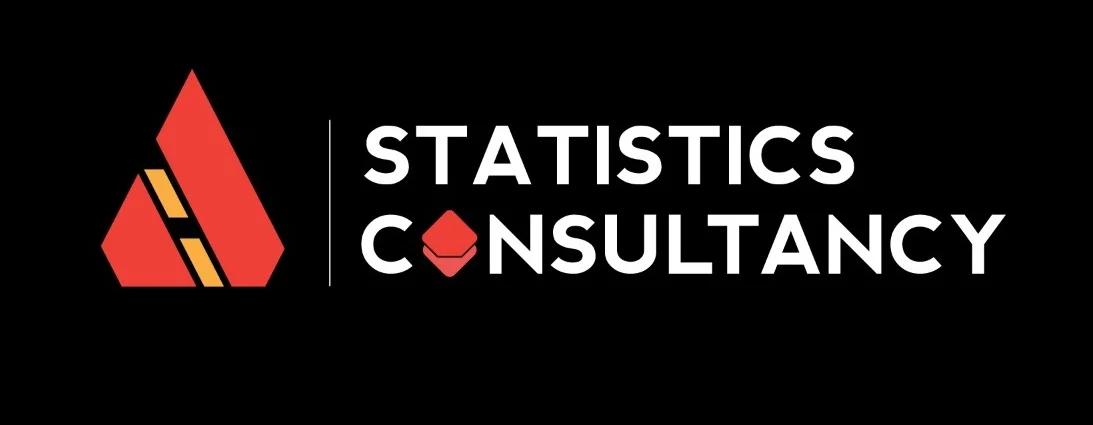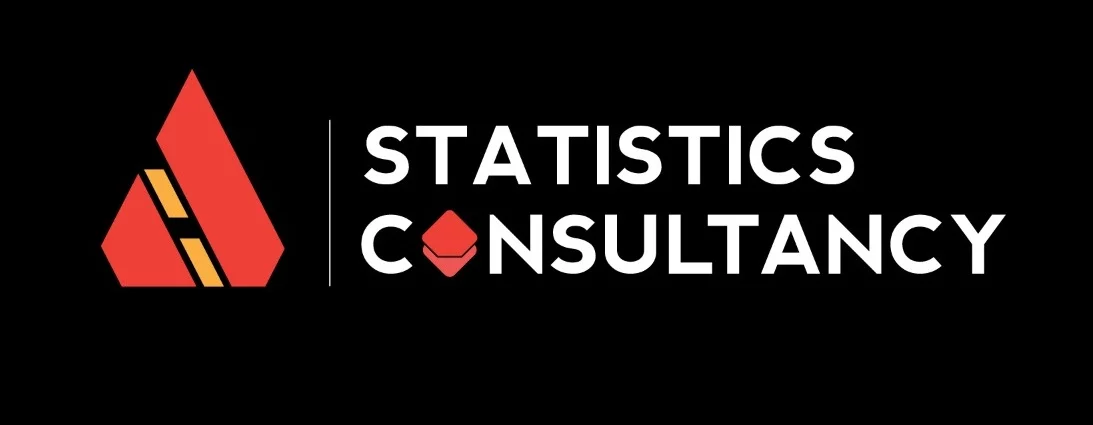
Introduction Of Market Research
- An important first step in any market research process is to create a data analysis plan for qualitative research. It aids in developing a thorough understanding of the fundamental causes and sources of customer opinion.
- It is an open-ended inquiry research technique that heavily depends on the subsequent research philosophies. It is founded on a modest but well-respected sample size, Sample Size in Qualitative Research Analysis, which typically consists of 6 to 10 respondents. Given that it only covers a tiny sample size, it is a cost-effective strategy. The term “crowdsourcing,” which combines the phrases “crowd” and “outsourcing,” is another name for this concept.
- It is frequently used in social study projects, such as political campaigns to understand the political candidate and their policies and to examine voter mindset. It is also employed in profile studies and other research projects.
Focus Group
A focus group is:
- As implied by the name, it consists of 6 to 10 participants who meet to discuss specifically manufactured goods and their marketing strategies.
- Typically, it takes place in person.
- There are also professionals in particular scientific fields in the organization.
- This group has a mediator who will start conversations so that members can express their perspectives.
- Focus groups are therefore uncommon, while communities—a new platform designed to provide a safe and easy place for users to offer suggestions and express their views and thoughts—are on the rise.
- This method’s key benefit is that makes it easier to see how customers are responding to your products in both verbal and nonverbal ways.
- The group’s diversity allows members to express their opinions and ideas, which has the added benefit of improving your perceptions.
Below are a few examples of qualitative data analysis plans.
Using focus groups, one can:
- Check the product’s usage or norm.
- Learn the prevalent ideas about the product.
- Consider the metaphors and text in your advertising.
- Learn fresh wrapping ideas.
Detailed Interviews
- Typically, a one-on-one interview is held in front of a group of people.
- It could be a face-to-face conversation or a phone call.
- This method is more casual and uses open-ended questions to help customers provide better information or details.
- In qualitative market research, statistical data analysis aids in understanding customer thinking and perception of the product.
- Personal or in-person interviews might be accompanied by phone, Skype, or in-person meetings.
- The main idea behind this is to ask current customers a series of questions and then follow up to find out what motivates them to purchase or enjoy your product.
- You must prepare a sequence of questions that must be answered; however, you must never follow a script.
- Ask them some questions that will stimulate their curiosity if they make an intriguing suggestion.
“Shop-along” or Observations:
- One of the most utilized research methodologies in qualitative market research is observations or shop-along. This technique enables researchers to examine from a distance how a customer responds to a product and their shopping experience.
- It aids in overcoming untruthful or later-addressed complaints about the buying experience.
- Seeing customers in person makes it easier to observe their reactions to products in the store.
- This makes it possible to observe actual buying behavior, which is far superior to written surveys.
- By offering approaches to comprehend the customers, quantitative data analysis in business research aids in improving the business.
Online Focus groups:
- Social media has made the management of online focus groups considerably simpler, making them comparable to face-to-face focus groups.
- However, they are more affordable and help you reach a larger audience.
- Group study is simple to employ individuals for, and it even makes data collection and analytics possible.
- You can build a network (community of people) interested in your research topic and encourage discussion with the use of social media.
- You can experience more thrilling impressions by merely listening to their conversation.
Ethnography:
- The ethnographic technique is a research approach that aids in creating narrative accounts, emphasizing culture over theoretical context. It is the process of observing consumer satisfaction with a product while in an end-user setting.
- The qualitative research method is superior to other research methods and aids in making quick changes to products.
In doing so, you’ll consider:
- Actions are taken as well as spoken words.
- Their interactions with one another, as well as with their social and cultural surroundings.
- Symbols, rituals, and common meanings that are present in their culture are language-based.
Online forums
- Online forums are now being utilized more frequently to guide qualitative market research in recent years.
- Members of the many panels are brought together on a single platform to debate a certain subject, and the mediator verifies that the conversation is moving in the appropriate way to produce the best results.
Conclusion
- The six qualitative research techniques can be utilized to learn more about the target market. You can utilize online survey techniques to obtain more samples for a lower cost.
- However, if you’re having trouble with the research process, you’ll need a lot of expertise and understanding to properly frame a survey question and conduct qualitative business research and analysis. Experts and vendors of Qualitative Data Analysis Services can assist you.

